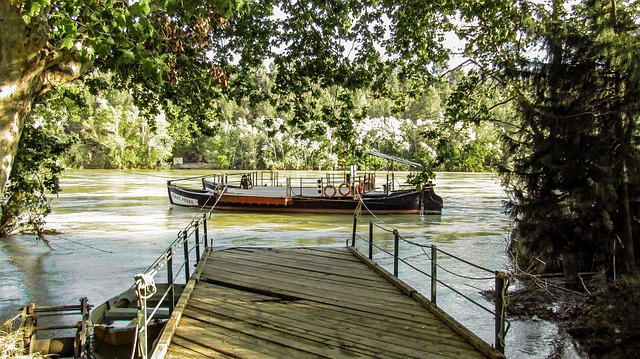Giant Jecali Sunfish
The giant sunfish of the Jecal river are used commonly for transporting goods between Brana and Oja. These sunfish are musically modified members of the family of freshwater sunfish.
Basic Information
Anatomy
Giant Jecali sunfish have a typical fish body with gills, dorsal fin, ventral fins, and a tail. Their anatomy is similar to smaller fishes but has been increased in size by constant exposure to harp music during their growth phase. Fish are one of the more successful types of animals that have been modified in this way due to their ability to support their body weight through the water in addition to their own skeletal and muscular systems.
Sunfish use their eyes for sight. They have noses and tastebuds that allow them to smell and taste. Hearing is another important sense that fish have which is enhanced by lateral lines that allow them to perceive low-frequency vibrations.
Genetics and Reproduction
Giant Jecali sunfish are incapable of breeding once they have been musically modified. There are sunfish hatcheries along the Jecal river where additional juvenile sunfish are harvested and brought to the large ponds where they are musically modified.
Additional Information
Uses, Products & Exploitation
Ships powered by the wind used to be used on the Jecal river, but faster speeds were desired in a way that would not cause a lot of noise pollution. One small group of musicians thought up the idea of growing large fish that could pull boats along the river. Since that time, the giant Jecali sunfish have been used to pull boats up and down the river with cargo, mail, and other shipments between Oja and Brana. Although the fish would technically be edible their meat becomes quite tough from swimming up and down the river and so is not usually used in this fashion.

by VMonte13
Scientific Name
Lepomis gigantus
Lifespan
8 years
Average Weight
85 pounds
Average Length
5 feet


